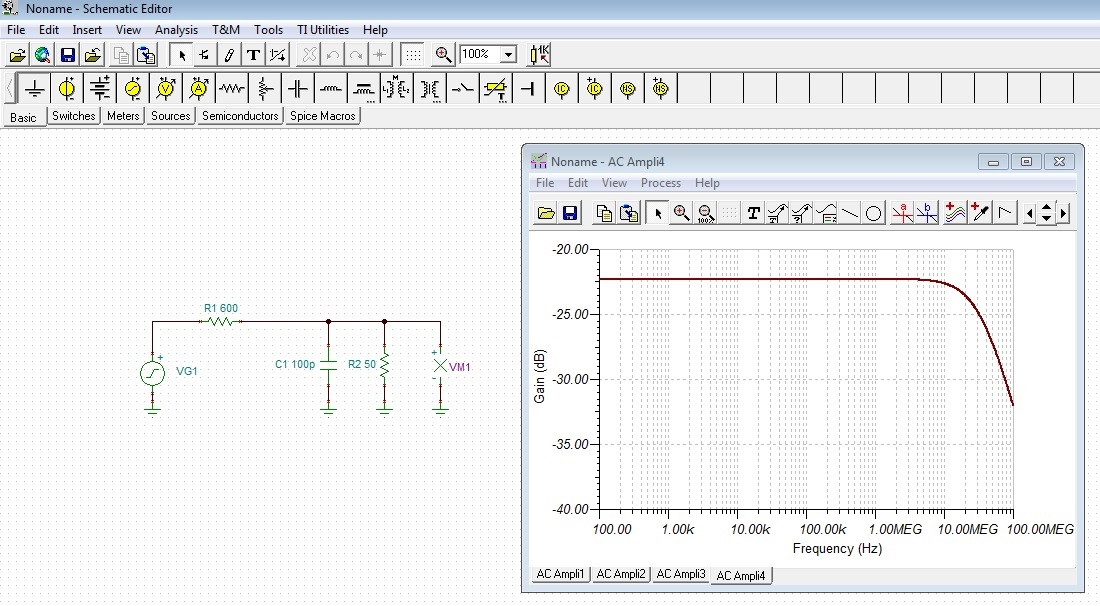Part Number: THS7002EVM
Hi. I recently bought a THS7002EVM. I plan to use this to interface it to the function output of an oscilloscope, so I can get a higher voltage than what the oscilloscope can yield (0-2 V). The problem I'm having is that the function output of the scope has a 600 ohms impedance, while the input impedance to the THS7002 EVM is 50 ohms on both input channels. Is there any change that can be done against the THS7002EVM to ensure there's no signal loss why coupling the scope to this board ?
Regards,
Mihai


